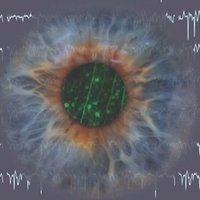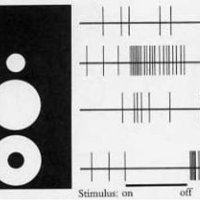
Olivier Marre
@retinageek
Interested in retinal circuits and computations, vision and neuroscience. Researcher at the @InstVisionParis @[email protected]
ID: 1045574765338079233
http://oliviermarre.free.fr 28-09-2018 07:23:44
2,2K Tweet
680 Followers
156 Following


Our paper "GABAergic amacrine cells balance biased chromatic information in the mouse retina" is now published in Cell Reports cell.com/cell-reports/f…

A lot to learn from Eric Gilliam's post on the problem selection processes at Bell Labs: freaktakes.com/p/how-did-plac… My thoughts on how to set up a lab/FRO inspired by the piece:


New research out of Rheinische Friedrich-Wilhelms-Universität Bonn (Germany) finds that rapid eye movements may optimize sharp vision and help us detect small details: uni-bonn.de/en/news/208-20… #NationalEyeInstitute #EyeHealth #VisionHealth #EyeHealthEducation #EyeHealthcare #EyeResearch




"What chess taught me about neuroscience" by Olivier Marre trialsanderrors.substack.com/p/what-chess-t… A thoughtful essay on the interplay between data accumulation and theory in neuroscience, and how hopes of a grand theory of the brain may never pan out.

Stéphane Deny Olivier Marre Very cool! Olivier Marre was one of my first neuroscience collaborators 13 years ago, and I do play chess...

Stéphane Deny Olivier Marre And I broadly agree :) As a physicist-turned-neuroscientist, this was hard to accept, but the expectation that e.g., retinal ganglion cells and cerebellar purkinje cells somehow behave according to some grand theory despite their widely different morphology is just unreasonable










12/n Massive thanks to everyone involved in this project, specially the co-first authors giulia, francesco, and Thomas, Olivier Marre, and to our institute @institut_vision 🙌 #Neuroscience #Retina #VisionScience


